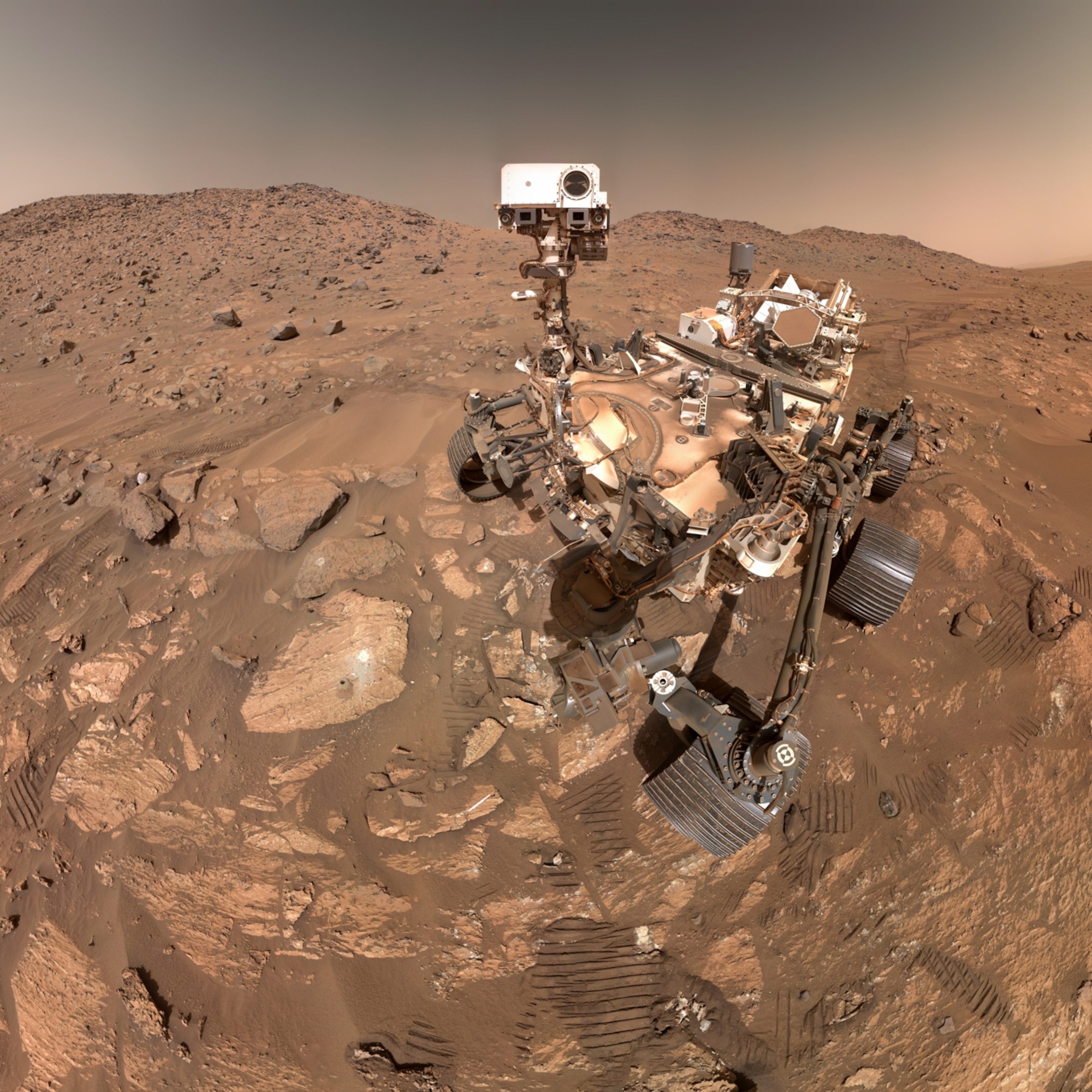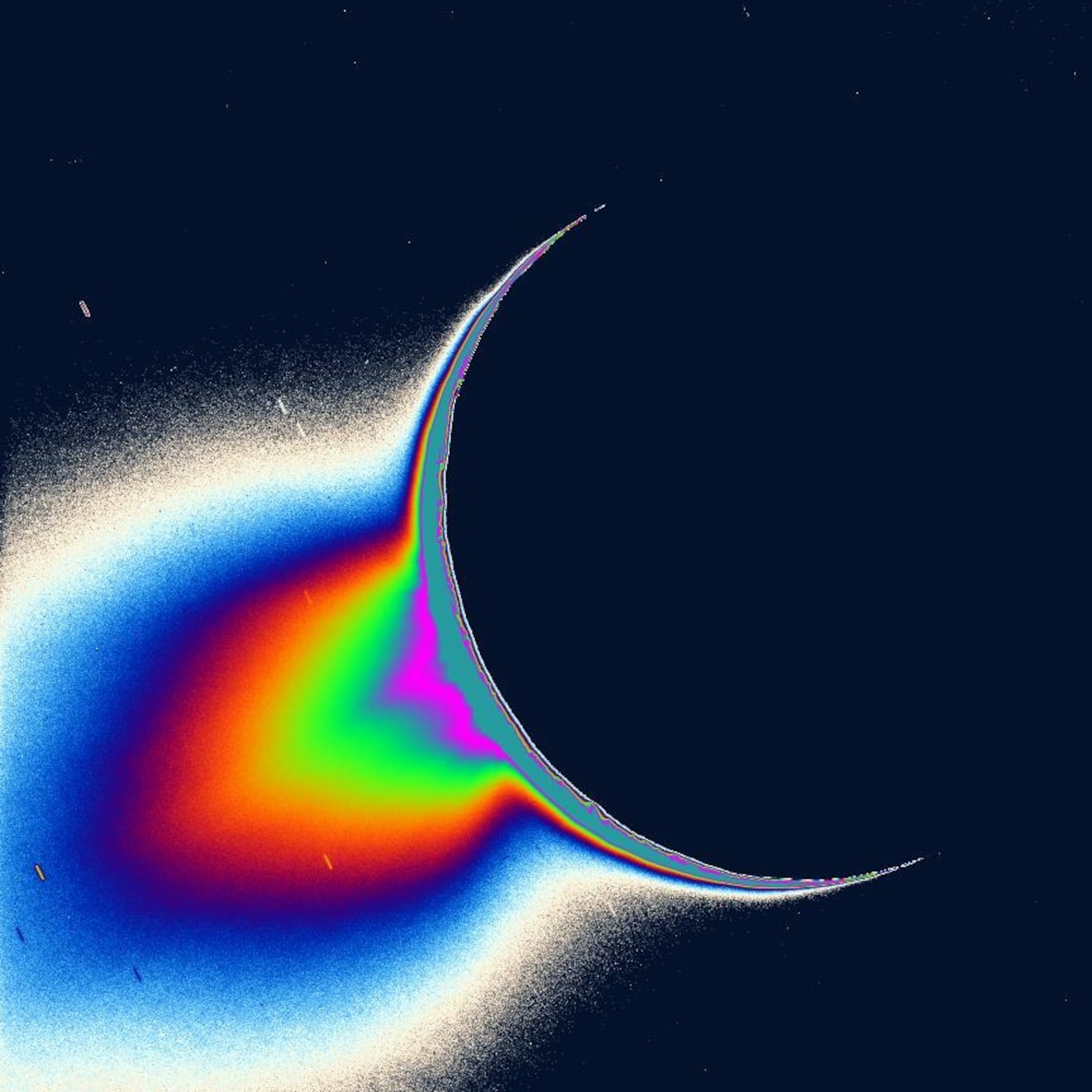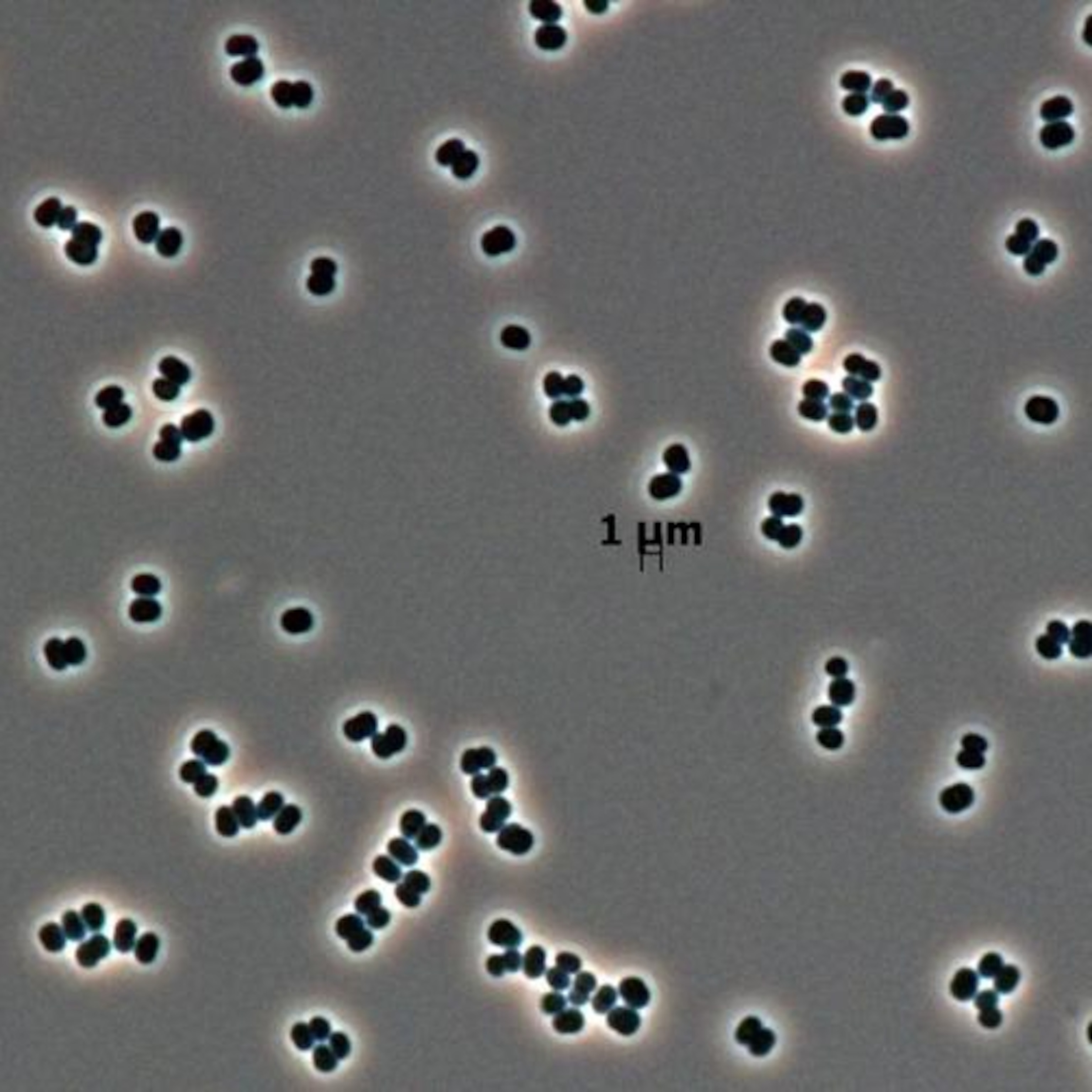
Mars Rover Landing a Success—What Happens Now?
After a yearlong flight and "seven minutes of terror," Curiosity stretches its legs.
The rover has landed.
At 1:31 a.m. ET Monday, the Curiosity rover's "seven minutes of terror" evaporated in a swirl of fine-grained soil as six aluminum wheels touched the red planet for the first time. NASA had nailed the riskiest Mars landing ever. (See "Curiosity Landing on Mars Greeted with Whoops and Tears of Jubilation.")
Now Curiosity's two-year search for signs of life begins, with the kind of extended stretch and warm-up you might expect after a cramped, yearlong flight—as detailed here in an excerpt for the new National Geographic e-book Mars Landing 2012.
(Watch live Mars rover landing coverage via NASA TV streaming video.)
If [the rover's essential systems] are working, then comes a gradual unfolding, deploying, and revving up of the ten science instruments and cameras that are Curiosity's reason for being.
It's a process that will take days, and in some cases weeks or months. But the [Curiosity] team will know soon whether the key power and communication systems have sustained any damage during the 352-million-mile [567-million-kilometer] journey or during the high-wire landing.
Communication is largely accomplished through relays to three satellites orbiting Mars or through the Deep Space Network, a system of giant interconnected antenna dishes in Madrid, Spain; Canberra, Australia; and the Mojave Desert.
Assuming that communications are established, the first order of business will be to verify the health of the small nuclear battery that will provide power for the rover. Curiosity carries ten pounds of plutonium-238 dioxide as a heat source, which is then used to produce the onboard electricity needed to move the rover, operate the instruments, and keep the frigid nighttime cold at bay.
(Explore an interactive time line of Mars exploration in National Geographic magazine.)
Curiosity Unpacks for a Two-Year Visit
If all is well, what follows will be a highly choreographed unpacking of the rover.
First the mast goes up, with its suite of cameras. Weather and radiation monitoring instruments are turned on, as well as the laser-camera combination that can zap rocks up to 23 feet [7 meters] away and take readings of the "excited" gases released in the process.
By "sol 10" ("day 10"—each Martian solar day, known as a sol, is 24.66 hours long), all ten instruments should have been started up to see if they're working, and Curiosity is scheduled to take its first tentative steps—kind of like shaking one's legs to get rid of the pins and needles after a long journey.
Only around sol 30 will the seven-foot [two-meter] robotic arm be tested, grabbing Martian soil for the first time to crush and deliver to the two rover mini-laboratories—Sample Analysis at Mars (SAM) and Chemistry and Mineralogy (CheMin). (Get the basics on the Curiosity, the Mars Science Laboratory rover.)
All the while, scientists will be determining exactly where Curiosity is in relation to both the walls of the 80-mile-diameter [130-kilometer-diameter] Gale Crater and the three-mile-high [five-kilometer-high] Mount Sharp in the middle of its huge depression.
(On TV: Watch Martian Mega Rover August 9 at 10 p.m. ET/PT on the U.S. National Geographic Channel.)
Mars Time
Gradually, the science team will take more control of the mission and address the first big questions: Where should Curiosity be headed? And then, which rocks should be sampled? Where does the soil look especially interesting and worthy of a full and time-consuming examination?
"We'll have about two hundred to three hundred scientists on site at JPL, and I can assure you it will be both fascinating and grueling," says Joy Crisp, deputy project scientist for the MSL [Mars Science Laboratory, another name for Curiosity] project.
"We'll be working 16-hour days for those first months, and we'll be entirely on Mars time." That means the data and instructions coming and going to Curiosity are pushed 40 minutes later each day to compensate for the extra length of the Mars sol. Eventually, the JPL team will be having science meetings and making decisions about the next day's instructions and activities at 3:00 in the morning.
(Related: "Mission to Mars: Why Curiosity's Landing is a Moment to Savor.")
But seldom in human history has science had an opportunity this grand. Curiosity will be looking for the carbon-based building blocks of life, using instruments that have a good chance of finding them if they're present; it will be searching for habitats that could have once supported life; and just possibly it will find some biosignatures that show, or at least strongly suggest, that Mars was indeed once home to living things.
Excerpted from the National Geographic e-book Mars Landing 2012.
Download the full text >>

More on NASA's Curiosity Mars Rover Landing








